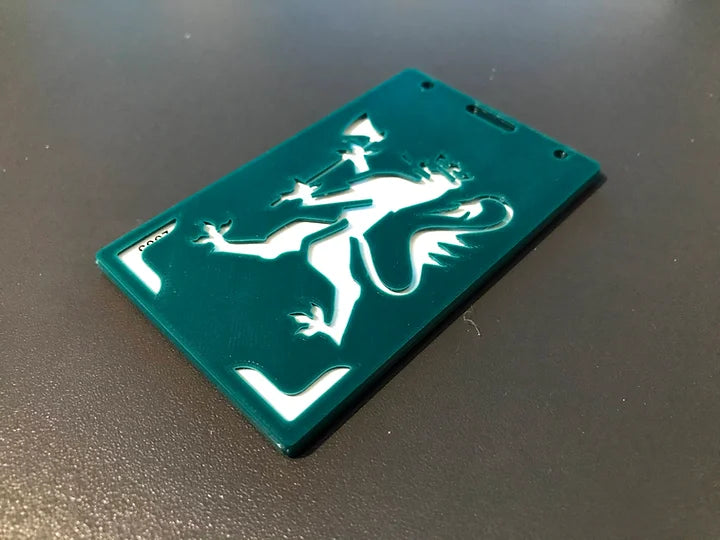Plant-based plastic and where it came from
Plant-based plastics are commonly known as bioplastics or thermoplastic and are an innovative, more sustainable form of plastic that is made from natural materials like corn starch or agricultural waste. Many different plants can be used for producing PLA including wheat straw, bamboo fiber, rice husks, sugar cane, corn starch, food waste, and others. To produce bioplastic, it is first necessary to separate the starch from the natural material and mix it with enzymes and acid while heating. During the mixing, the starch is broken into dextrose (D-glucose) or plant sugar. Finally, glucose fermentation produces L-lactic acid, the basic component of PLA.
Wallace Corothers, a scientist, discovered polylactic acid (PLA) in the 1930s. However, serious applications for PLA did not appear until the 1980s, when it was used as a tissue replacement material. It gradually gained popularity and is now used in a wide range of modern applications and especially 3D printing.
How is plant-based plastic better than petroleum-based plastic?Most plant-based plastics have a very similar structure as traditional plastics, which means they have similar durability and practicality as traditional plastics just without the negative environmental effects. The biggest difference is PLA’s resistance to heat is comparably lower making it a less ideal material for outdoor use.

It can not be said that plant-based plastic is 100% sustainable. In fact, PLA degrades quickly when subjected to industrial composting; otherwise, it can take up to 80 years to decompose in the open, becoming a plastic pollutant like other plastics. That being said, it is still better than traditional plastic, because a large percentage of petroleum-based plastic simply can’t be recycled, they may degrade into smaller and smaller pieces, but the vast majority will not decompose or be absorbed by the environment.
Over 91% of plastics can’t be recycled, most of them end up in landfills. It takes over 400 years to degrade when it’s in a landfill, and only 12% of all plastics are ever incinerated. In fact, the UK produced 4.9 million tons of plastic waste in 2014, with only 1.2 million tons (24%) successfully recycled.
The question remains the same: how is plant-based plastic better than traditional and helps our environment?
-
Easy to recycle. These plastics not only decompose faster when discarded but can also be easily recycled using an organic process. They are also non-toxic because they do not contain any chemicals or toxins. Plant-based lacks bisphenol A (BPA), a hormone disruptor commonly found in traditional plastics.
-
Lower petroleum consumption. It can be made from agricultural waste or scraps, eliminating the need for precious oil resources while repurposing waste and benefiting from lower carbon emissions.
-
They use less energy during manufacturing. PLA production consumes significantly less energy during production, generates approximately 68% fewer greenhouse gases, and the is no toxic fumes.
-
Reduction of Carbon dioxide. Because no fossil fuels are used in the production of biodegradable plastic products, carbon dioxide emissions are reduced. Also, the decomposition does not produce an excess of CO2, it only emits the amount that was used up in their production.
-
Bacteria that occur naturally break down biodegradable plastics products. Because their decomposition does not produce harmful byproducts, we can manage it better. If buried in the soil, bacteria in the soil begin to decompose it.
PLA is a tougher and stiffer material than ABS, but it is not as heat-tolerant or chemical resistant as ABS. PLA is a fragile material that requires additives to improve its mechanical and chemical properties.
 This semi-crystalline polymer has a melting temperature of 180C, when in the meantime ABS filament, begins melting between 200C and 260C. This means that when printing with PLA, a heated printing bed is not required, and a closed chamber is also not required. That being said, bioplastic has gained a lot of traction in 3-D printing, owing to its use of biodegradable materials as well as its mechanical properties.
This semi-crystalline polymer has a melting temperature of 180C, when in the meantime ABS filament, begins melting between 200C and 260C. This means that when printing with PLA, a heated printing bed is not required, and a closed chamber is also not required. That being said, bioplastic has gained a lot of traction in 3-D printing, owing to its use of biodegradable materials as well as its mechanical properties.



